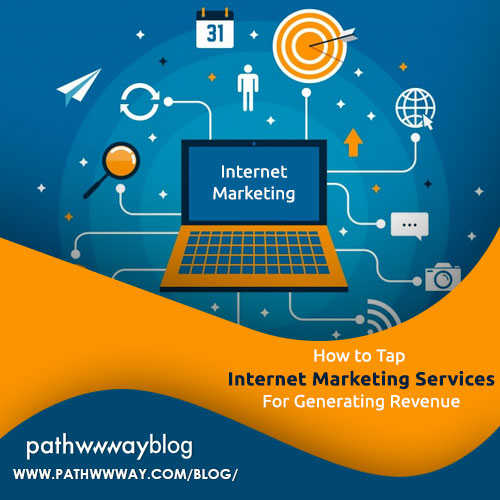How Customer Retention Strategies Target Older People.
Active
consumers are spanning many different generations from Traditionalists to Baby Boomers, Gen X, Y or Z to
Millennials. Each of these generations bring unique perspectives on customer
loyalty to the retail sector. Customer retention strategies are, therefore,
focused on understanding the challenges of meeting the requirements of older
folks in the multi-generational marketplace. Identifying the needs of older
adults and providing products and services that encourage retention and
engagement remain the focus of most brands.
A
one-size-fits-all approach simply won’t work. With so many companies focused on
understanding Millennials, customer retention for older clients is almost
always an attempt to bridge generational gaps with generic offerings. This is
where most companies miss the opportunity to truly connect with the mature
adult groups who have certain expectations from a brand. Older adults have
enormous spending power and unique preferences regarding regarding how they
want to interact with their brand. So, let’s find out how your business can tap
these:
Customising Retention to Suit Requirements
Older
adults are mature and seasoned. But they are also active. They work, travel,
volunteer and even spend a lot of cash on retail products. As priorities
change, customer retention strategies need to focus on meeting the demands of evolving lifestyle choices.
Recent retention research has revealed that traditionalists aged 70+ don’t like
to be seen as old or dependent. Though online, they respond better to
traditional forms of engagement, seeking value-for-money deals and appreciating
consumer education more than the average customer.
Baby
Boomers aged 53+ are reaching the retirement age, but this does not mean they
lack the smarts to be price savvy. This group of older adults values
traditional and digital engagement alike and testimonials resonate easily with
them. Convenience and wide variety of options are what set this niche segment’s
requirements apart from others. According to retention research by Marketing
Scope in 2017, 73 per cent of the traditionalists and 63 per cent of Baby
Boomers seek to engage with brands in person. So retention strategies are
customised keeping the needs of these two distinct segments of mature adults in
mind.
Banking on Brands That Offer Safety
Older
adults may enjoy independence but they also seek comfort, safety and
convenience. What’s more, they are willing to pay for it! NYT studies show
communicating to older adults regarding how the product or service increases
security, boosts independence or makes life healthy or enjoyable is likely to
be a positive retention tactic for this age group. Providing comfort, safety
and saving time, money and effort, your products or services should be robust,
converging at multiple touchpoints.
Why Customer Service Should Care
Customer
service departments need to also adopt customer retention strategies where
patience is the key theme in their interaction with older customers. Older
adults spent more time on the retention call as opposed to younger groups who
prefer the quick fix. Being clear and patient is the way to boost engagement
and interaction with older age groups, as they are used to F2F communication.
Customer retention strategies are not about increasing the font size of your
marketing collateral or featuring the seniors in ads. Instead, effective
customer retention is all about communicating a sense of caring and making your
older customers feel valued. Using relatable language, avoiding internet slang
and making retention communication all about putting the decision firmly in the
hands of the older consumer is the key to effectively targeting this
demographic.

